A blustery late-season storm plastered the Northeast with sleet and snow Tuesday, paralyzing much of the Washington-to-Boston corridor but falling well short of the predicted snow totals in New York, Boston and Philadelphia.
The powerful nor’easter, which came after a stretch of unusually mild winter weather that had people thinking spring was already here, unloaded 1 to 2 feet in many places inland, grounded more than 6,000 flights and knocked out power to nearly a quarter-million customers from Virginia northward.
By the time it reached Massachusetts, it had turned into a blizzard, with near hurricane-force wind gusting over 70 mph along the coast and waves crashing over the seawalls. Boston ended up with 6.6 inches of snow, less than the predictions of up to a foot.
It was easily the biggest storm in a merciful winter that had mostly spared the Northeast, and many weren’t happy about it.
“It’s horrible,” said retired gumball-machine technician Don Zimmerman, of Lemoyne, Pennsylvania, using a snowblower to clear the sidewalk along his block. “I thought winter was out of here. … It’s a real kick in the rear.”
While people mostly heeded dire warnings to stay home and off the roads, police said a 16-year-old girl was killed when she lost control of her car on a snowy road and hit a tree in Gilford, New Hampshire.
In East Hartford, Connecticut an elderly man died after being struck by a snow plow truck.
The storm closed schools in cities big and small, Amtrak suspended service and the post office halted mail delivery.
Philadelphia and New York City got anywhere from a few inches of snow to around half a foot before the storm switched over mostly to sleet; forecasters had predicted a foot or more. In New Jersey, which saw rain or just a little snow in many areas, Gov. Chris Christie called the storm an “underperformer.” But officials warned of dangerous ice.
Inland areas, meanwhile, got hit hard. Harrisburg, Pennsylvania, and Worcester, Massachusetts, received a foot or more of snow. The Binghamton, New York, area got over 2 feet, while Vernon, New Jersey, had at least 19 inches.
The storm came just days after the region saw temperatures climb into the 60s, and less than a week before the official start of spring. February, too, was remarkably warm.
“The winters seem to be upside down now. January and February are nice and then March and April seem to be more wintry than they were in the past,” said Bob Clifford, who ventured out on an early morning grocery run for his family in Altamont, near Albany, New York.
His advice: “Just hide inside. Hibernate.”
In the nation’s capital, non-essential federal employees were given the option of reporting three hours late, taking the day off or working from home. The city got less than 2 inches of snow.
A few days ago, workers on Washington’s National Mall were making plans to turn on the fountains.
“Obviously all that has to come to an abrupt stop until we get all the snow cleared,” said Jeff Gowen, the acting facility manager for the National Mall and Memorial Parks. “The cherry blossoms, they’re right on the cusp of going into bloom here. I had a feeling this was going to happen.”
Kelly Erskine, a 28-year-old coffee shop manager from Whitman, Massachusetts, about 25 miles south of Boston, made it almost all the way through the winter without a shovel. She went to Walmart on Tuesday morning to get one.
“I live in an apartment complex and they usually take care of the shoveling, but they sent a letter to us and said, ‘Expect a lot of snow.’ I knew from the letter that I’d have to go out and buy a shovel,” she said.
As the storm closed in, the National Weather Service used terms like “life-threatening” and urged people to “shelter in place,” language that has come to be associated with mass shootings. In the end, the line between snow and rain shifted slightly to the west, sparing some of the Northeast’s big cities.
Government meteorologists realized by late Monday afternoon that there was a good chance the storm wasn’t going to produce the giant big-city snow totals predicted. But they didn’t change their forecast for fear people would mistakenly think the storm was no longer dangerous, said Greg Carbin, chief of forecast operations at the Weather Prediction Center.
In Pennsylvania, snowplows and state troopers escorted a 23-month-old child in need of a heart transplant 80 miles between hospitals. Gov. Tom Wolf said the youngster made the trip safely.
In Narragansett, Rhode Island, high winds buckled a state-owned wind turbine. In New York City, two homes under construction collapsed near the waterfront in Far Rockaway. No injuries were reported.
And two ponies broke out of their stables and roamed the snowy streets of Staten Island until an off-duty police officer wrangled them with straps normally used to tow cars and tied them to a lamppost. They were taken back to the stables.
“We want to thank our cowboy officer,” Mayor Bill de Blasio said.
The storm coincided with New Hampshire’s Town Meeting Day, a Yankee tradition in which voters in more than 100 communities elect local politicians and set budgets.
Some towns postponed because of the snow. But in Hopkinton, a steady stream of voters braved the blustery conditions to make it to the polls.
“You know, they’re hardy New Englanders, and they’re coming to vote,” said Debbie Norris, a candidate for the Hopkinton Budget Committee.
The flight cancellations included nearly 3,300 in the New York City area alone. Hundreds of passengers were stranded at airports.
Laura and Matthew Balderstone of West Yorkshire, England, intended to spend their honeymoon in Florida but found themselves stuck at the Newark, New Jersey, airport and couldn’t find a hotel room.
“It’s better safe than sorry, especially flying. I suppose it’s a shame that we can’t get another way around this,” Matthew Balderstone said. “It’s just the way it is, unfortunately.”
Send questions/comments to the editors.

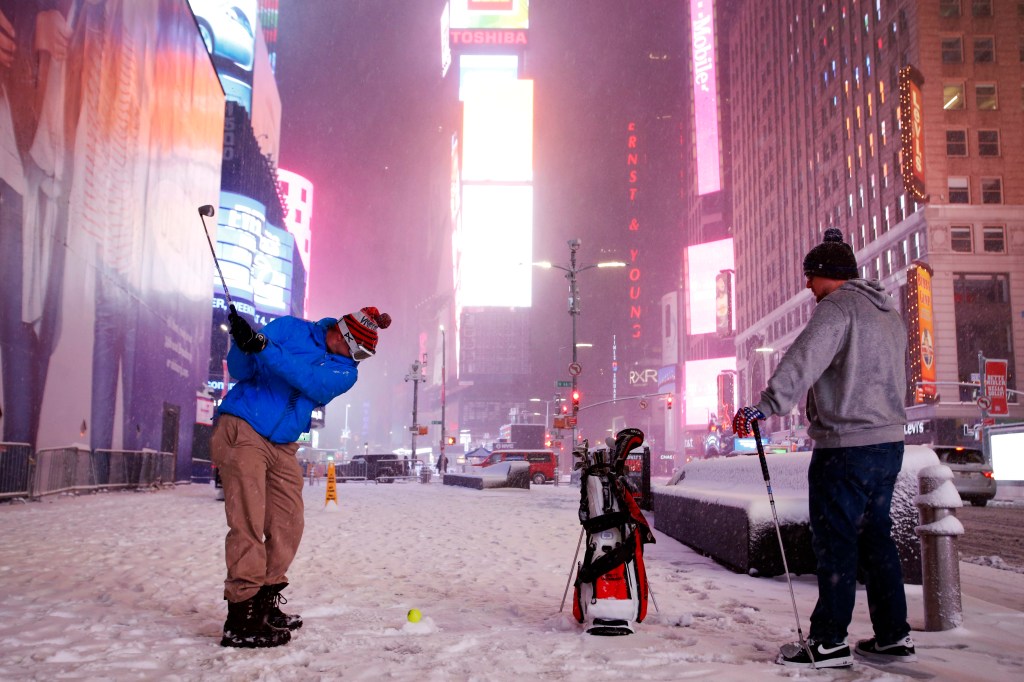

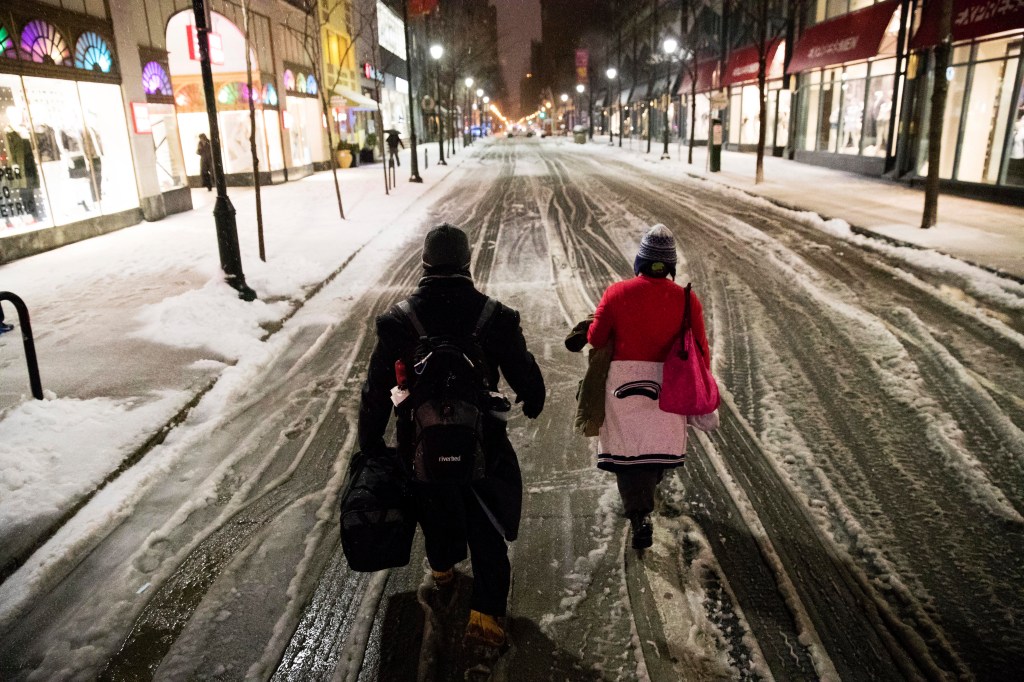

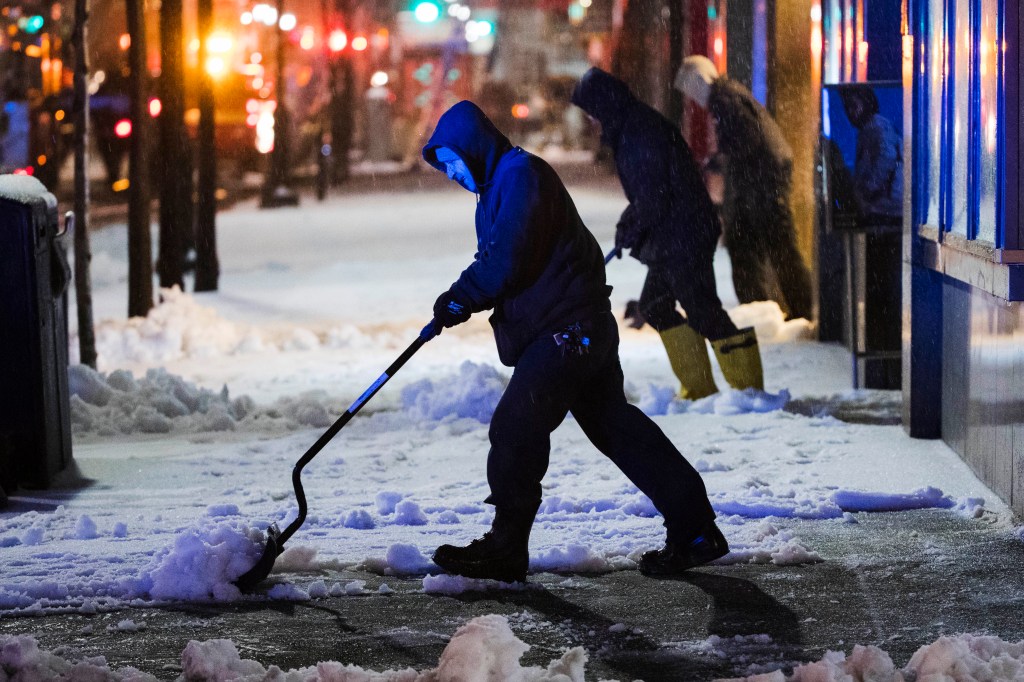
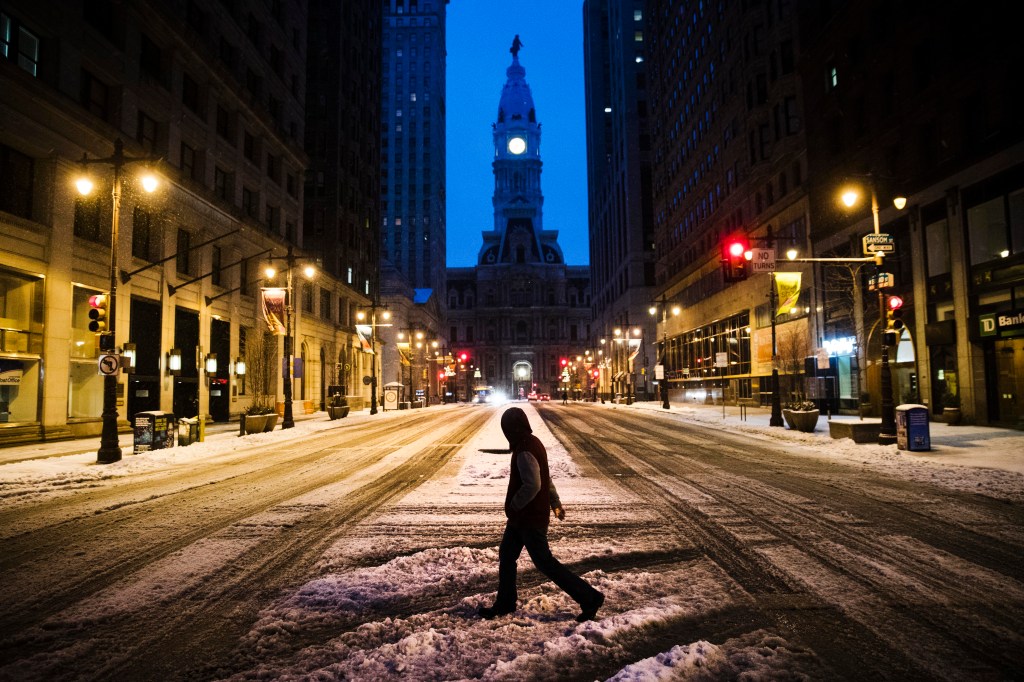
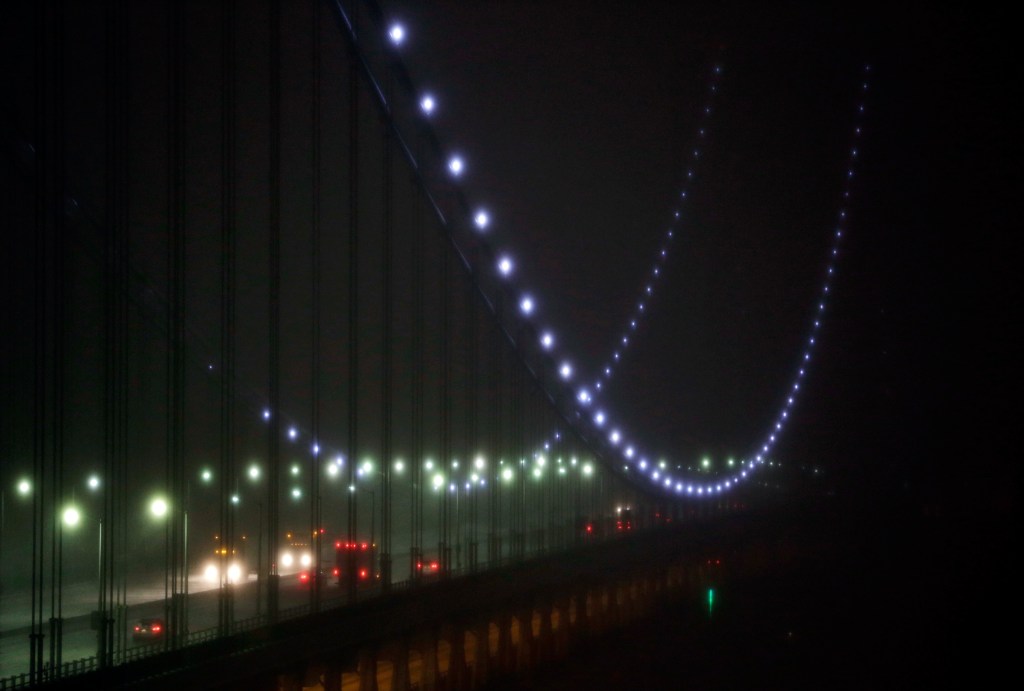
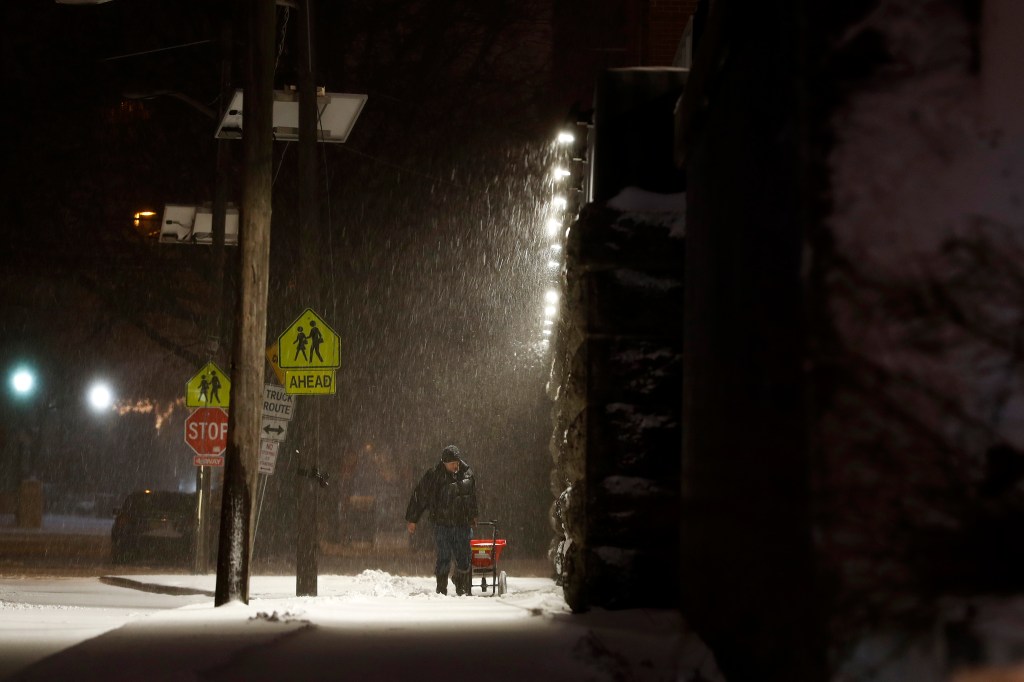

Comments are no longer available on this story